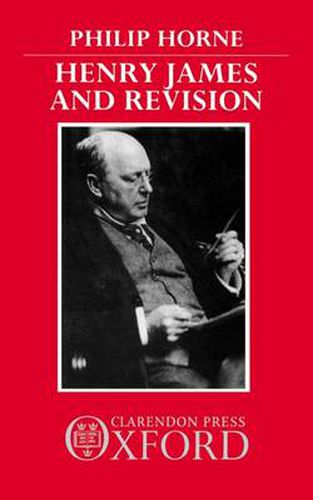Readings Newsletter
Become a Readings Member to make your shopping experience even easier.
Sign in or sign up for free!
You’re not far away from qualifying for FREE standard shipping within Australia
You’ve qualified for FREE standard shipping within Australia
The cart is loading…






At the height of his powers Henry James turned from the creation of new fiction to the “writing over’ of his past works for the definitive New York Edition of his novels and tales. His anxious scrutiny of what he had written across his long career - up to thirty-six years before - led sometimes to rejection, but more often to a renewed imaginative intimacy with the creations of his old self through the intensive revision of his texts. In the first major study of the subject Philip Horne examines the revision of particular works, shedding new light on interpretative controversies (as with The Portrait of a Lady and Daisy Miller). He attends to questions of principle raised by the paradoxical processes of the reviser. Using much new material, this book tells the painful but impressive story of James’s lifelong struggle for perfection, and illuminates his genius as a framer of sentences and a master of dramatic nuance. James’s engagement with revision is connected with every other aspect of his achievement; it displays vividly and accurately his close experience of the life of writing.
$9.00 standard shipping within Australia
FREE standard shipping within Australia for orders over $100.00
Express & International shipping calculated at checkout
At the height of his powers Henry James turned from the creation of new fiction to the “writing over’ of his past works for the definitive New York Edition of his novels and tales. His anxious scrutiny of what he had written across his long career - up to thirty-six years before - led sometimes to rejection, but more often to a renewed imaginative intimacy with the creations of his old self through the intensive revision of his texts. In the first major study of the subject Philip Horne examines the revision of particular works, shedding new light on interpretative controversies (as with The Portrait of a Lady and Daisy Miller). He attends to questions of principle raised by the paradoxical processes of the reviser. Using much new material, this book tells the painful but impressive story of James’s lifelong struggle for perfection, and illuminates his genius as a framer of sentences and a master of dramatic nuance. James’s engagement with revision is connected with every other aspect of his achievement; it displays vividly and accurately his close experience of the life of writing.